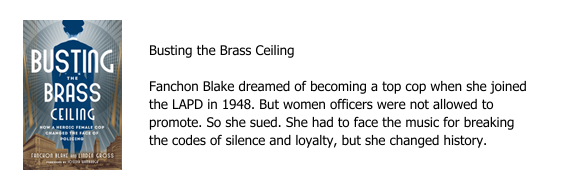I’m not a runner, but I know a thing or ten about marathons since I write books. While the occasional sprint is not out of the question, too hard and too fast usually leads to collapse before the finish line or right after if you do make it to the tape. Coming in unprepared just makes it all so much worse. So, I figured that it wouldn’t hurt to provide a couple of book-writing survival ideas to help you ready yourself.
Like anything else, your book-writing survival techniques will differ depending on the mission you’ve chosen to undertake.
In his Writer’s Digest University course, which starts later this month, award-winning writer and filmmaker, Bryan Young, states that “building a toolkit for each [novel] is what gets me through those difficult scenes, unforeseen transitions, and soggy middles.” That toolkit includes:
- Planning your premise
- Building Your Inspiration
- Identifying the theme of your piece
- Building characters
- Building your antagonists toolkit
- Establishing locations for your story
- Creating a bible of potential conflicts, scenes, and dialogue
- Establishing your structure
- Building a rough synopsis to act as a road map
Naturally, nonfiction book-writing survival techniques differ. In my Boost Your Business with a Book interactive e-course, for example, I offer six steps to successfully plan and complete a comprehensive outline for your book. Here’s how I describe them on my Author’s Incubator website:
- Ready, Set, Go!
A book can work wonders for your business when approached in the right way. This program aims to help you do just that, starting with getting your head straight about the writing process. In this initial step, we set you up for success.
- Why This Topic & Why You?
In Step 2, you’ll start trying to nail down your idea for this book. Every book has a single big idea, and we need to figure out yours.
- Stories
Step 3 is all about coming up with stories—yours and your clients’—that people will respond to. Then you’ll learn how to present those experiences in a way that makes your book come alive.
- Research
Research is the focus in Step 4. You’ll be collecting material and data on your topic, your audience and solutions to the issue(s) your products or services address.
- Book Structure
In Step 5, you’ll identify the themes that have emerged from your writing and your research, and then learn how to organize and sequence your content.
- Outline
Finally, Step 6 will help you connect the dots and then plan your outline in such detail that writing your book will amount to coloring in between the lines.
For me, the key lies in focusing on the ideas and the stories rather than on the writing, which is why I recommend sloppy copy so highly. By the time you finish either of the Boost Your Business with a Book full e-course options, you’ll have so much rough-draft material that you’ll be halfway to having your book completed before you “officially” write a word.
Whether you use my book-writing survival techniques or Bryan’s, decide to mash the two together, or to come up with your own, having that long-range plan in place will help you see your project through to the end.
I wish you luck with your book … and fun. Enjoy!




















0 Comments